

Starting your first fish tank seemed so easy. After decorating, you filled it with water, released beautiful fish and invertebrates, and had fun.
For a few days everything seemed fine. Then, the horror has started. Now, the water in an aquarium seems dirty, all fish are sick or dying and the tank stinks.
What is happening? You are experiencing the, so-called, new tank syndrome, also known as an aquarium cycling process.
Let's see, how changing filter cartridges influences this process. Can it save, or destroy an affected fish tank?
The lack of a chemical and microbiological balance in new aquarium results in these problems.
Your fish, shrimps and snails eat their food, then produce a toxic ammonia. In a mature fish tank, bacterial colonies are settled on flat surfaces, in the sand, or gravel and inside a biological filter cartridge.
These beneficial microorganisms change dangerous ammonia into less toxic nitrites and then into nitrates, which are safe, unless there's high level of them.
However, in your new tank these nitrification bacteria colonies are not yet established enough, to process all ammonia and nitrites. Your aquarium is suffering from the new tank syndrome.
When you find out, that an inefficient filtration results in these problems in your fish tank, first instinct tells you to improve the cleaning process, by changing a filter cartridge. Does it help, or make matters worse? It depends.
When you change a filter cartridge, you also get rid of beneficial nitrification bacteria colonies, which started to form inside and colonize the filter. Then, the process of maturing of your aquarium has to start again, while the poor fish suffer from the chemical overload.
It's better to leave the tank filter alone, till it matures, so that you avoid disturbing a developing nitrification bacteria biofilm.
However, in some cases, the replacement of a filter cartridge during the maturing process can help an aquarist protect the fish tank, or to speed the cycling process.
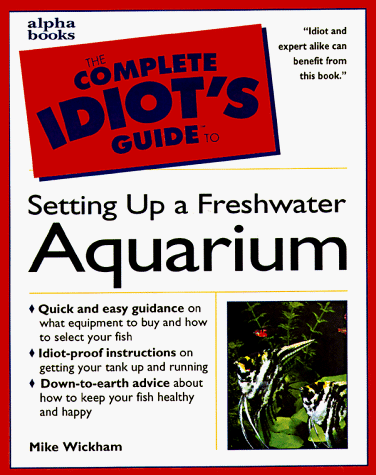 The Complete Idiot's Guide to Freshwater Aquariums
The Complete Idiot's Guide to Freshwater AquariumsWhen should you consider messing with your filter cartridges during the aquarium cycling process?
If you manage to acquire the used bio cartridge from another hobbyist, transplant their nitrification bacteria colony to your tank. This procedure is worth the effort, as the cycling process quickly ends afterwards. For the transfer to work, it's necessary to keep the filter cartridge submerged in the tank water during its transport and to insert it to your filter as soon as possible.
Bacteria settle in porous biological substrates, such as ceramics, or the sponge in the filter . However, a default cartridge, which is installed in the new filter, often contains different fillers, such as an active carbon or zeolite gravel. These materials provide the poor environment for nitrification bacteria colonies. Therefore, change them for any biofilter friendly substrate, as soon as possible.
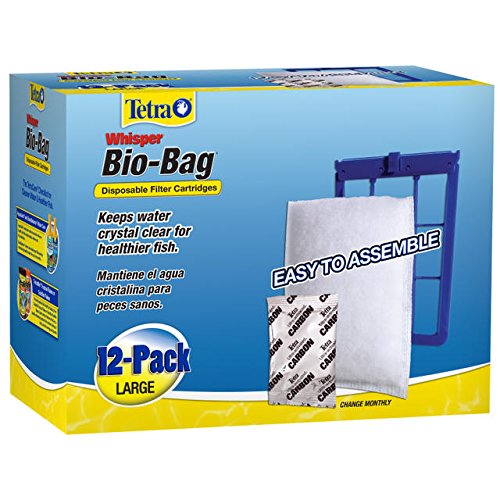 Tetra 26164 Whisper Bio-Bag Cartridge, Unassembled, Large, 12-Pack
Tetra 26164 Whisper Bio-Bag Cartridge, Unassembled, Large, 12-PackBetter filter models allow you to combine multiple cartridges - should you add different filtering materials to your biofilter, if that's possible?
An active carbon cartridge absorbs chemical substances from the tank water, therefore cleaning it. While this seems beneficial, remember, that nitrification bacteria colonies develop more slowly, when you remove excess ammonia and nitrites, before they can be processed.
You may consider using an active carbon cartridge, if numerous fish suffer and situation is completely out of control. Otherwise avoid using it, unless you have dosed a medicine and need to remove it from your fish tank. Remember, that an active carbon cartridge must be changed every week to work correctly. That's probably, why it's in the default filter set - manufacturers want you to keep buying replacements ;)
When selected fish species require specific water parameters, consider adding the peat filter cartridge to soften the water, or the coral one to increase hardness. Otherwise, using biofilter cartridges provides the most efficient filtering solution for your aquarium.
What can you do to help your fish, instead of replacing filter cartridges in a cycling aquarium? Use the same methods, which you would apply to reduce nitrates in a fish tank, just more aggressively.
First of all, never add new creatures, while your tank is still cycling. Feed very sparingly, as any decomposing food provides another source of ammonia. Besides, overfed fish excrete more frequently. Change water as often, as possible, to dilute the level of toxins in your new tank. While this prolongs the cycle, it may very well save the life of your fish!
Did you plant live flora, when decorating your aquarium? If not, now it's time to add it. Throw in lots of floating plants, such as pistia, limnobium or ceratophyllum, so that they can consume excess ammonia. Use fast growing stem plants in an ecosystem of your tank as well. When it matures, you can change plants to more delicate species.
 Encyclopedia of Aquarium Plants
Encyclopedia of Aquarium PlantsDoes it seem, that maintaining live plants requires a lot of work? With just a bit of effort, you will provide an important element, stabilizing the entire fish tank. As long, as you choose the plants, which are suitable to a fish tank environment - especially its level of light - it's the best choice.
Adding a used bio cartridge from established aquarium helps most. However, every bit of gravel, sand or water from the mature fish tank introduces beneficial nitrification bacteria, therefore speeding up the cycling process.
You can find products, which claim to supply nitrifying colonies, therefore instantly ending the new tank syndrome. Aquarists report mixed results with them. While these solutions don't work instantly, as it's often claimed, they can shave off a few days from the cycling process.
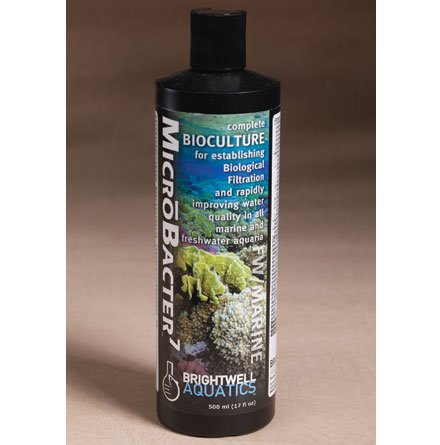 Brightwell Aquatics ABABAC500 Microbacter7 Liquid Water Conditioners for Aquarium, 17-Ounce
Brightwell Aquatics ABABAC500 Microbacter7 Liquid Water Conditioners for Aquarium, 17-OunceHow to maintain filter cartridges, when the new tank syndrome has passed, and you deal with a stabilized aquarium? Filter manufacturers often recommend to change cartridges frequently. That's so, that they can sell you more cartridges, than you will ever need!
While active carbon filter lasts only about a week and requires frequent changes, you will use it only in emergency situations, such as the removal of medicines or an accidental contamination. If you use a peat cartridge, you can change only the peat filling, which comes cheap, when you buy a large bag of peat in a gardening store.
What about these biofilter cartridges mentioned earlier? Never remove the filter material with an established biofilm layer, as that removes the nitrification bacteria and results in the repeat of the cycing process! If you feel, that a filter is clogged with mulm, gently rinse it in the water, collected previously from the tank.
While it's best to let the aquarium cycle before introducing any fish, you can still try to save them, while the tank matures. Do this either by changing filter cartridge to the one acquired from an established aquarium, or by controlling the ammonia supply and processing during the new tank syndrome.
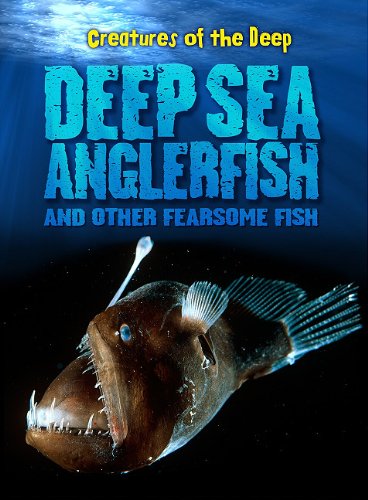 Dangers of the Deep
While many believe there is
Dangers of the Deep
While many believe there is
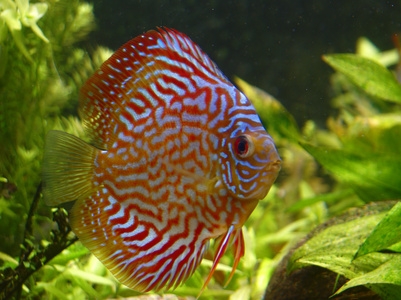 Discus Fish Care & Feeding
Discus Fish Care & Feeding
Discus
Discus Fish Care & Feeding
Discus Fish Care & Feeding
Discus
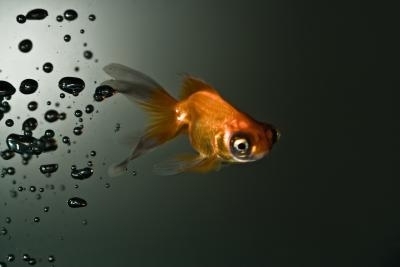 Cold-Water Fish Types
Cold-Water Fish Types
Cold-Water Fish
Cold-Water Fish Types
Cold-Water Fish Types
Cold-Water Fish
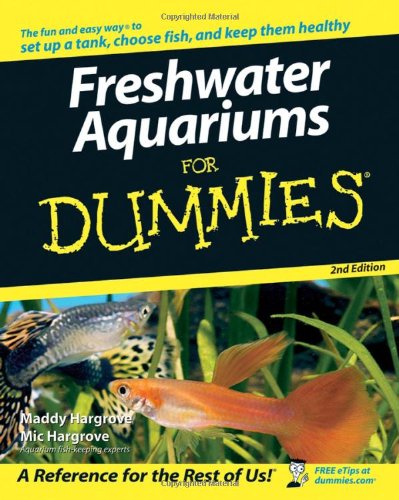 Advantages of a Freshwater Aquarium
Owning a freshwater aquarium
Advantages of a Freshwater Aquarium
Owning a freshwater aquarium
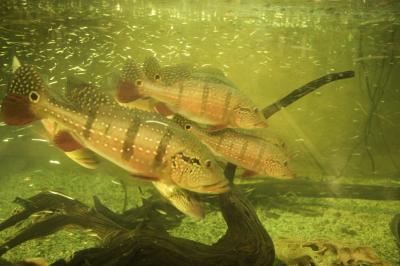 How to Kill Ich in a Fresh Water Fish Tank
How to Kill Ich in a Fresh Water Fish Tank
How to Kill Ich in a Fresh Water Fish Tank
How to Kill Ich in a Fresh Water Fish Tank
Copyright © 2005-2016 Pet Information All Rights Reserved
Contact us: www162date@outlook.com